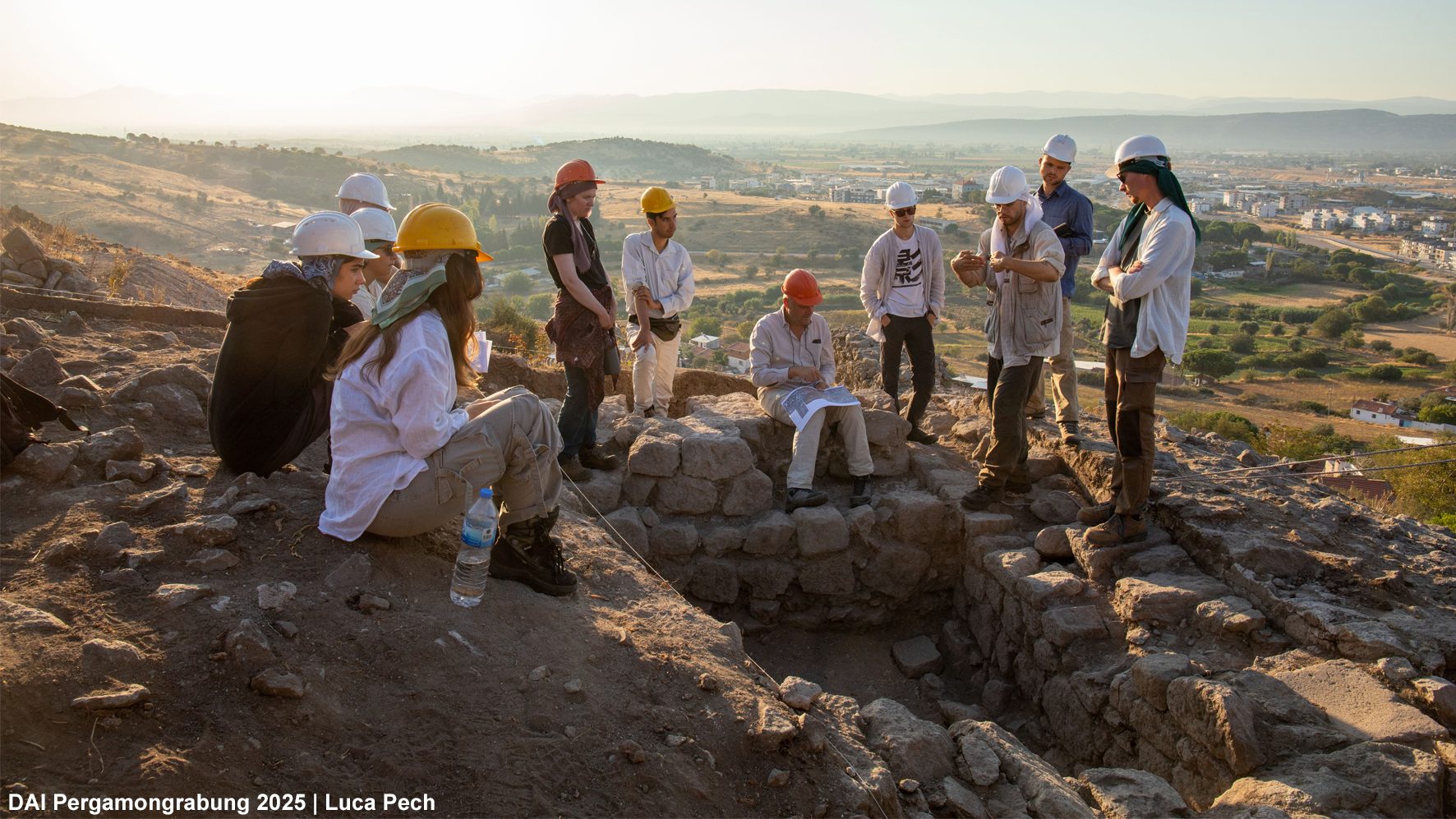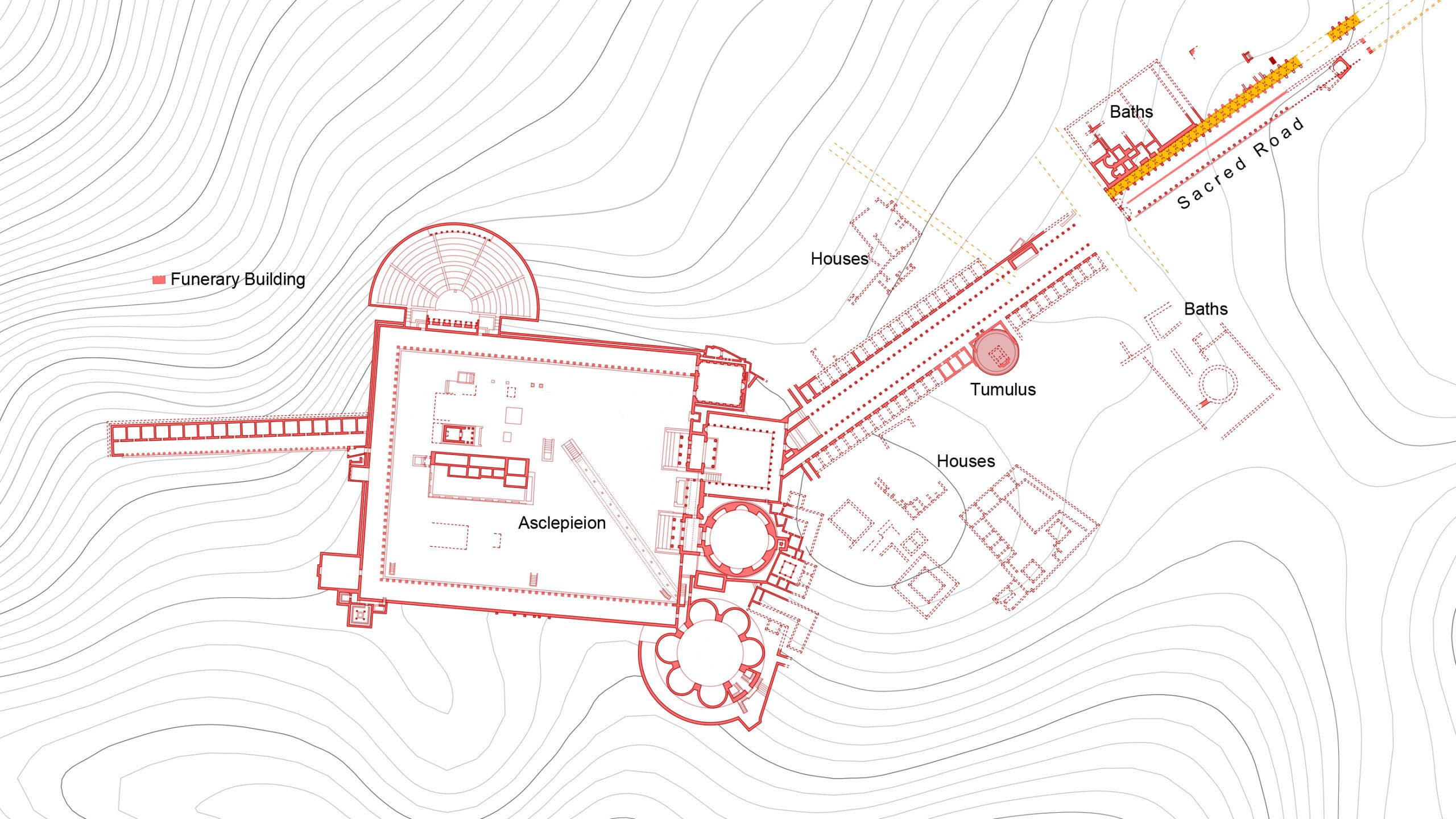Experts in movable and immovable cultural heritage deepen their training
In 2025, two in-depth specialist workshops were organised for volunteers from the CHRU’s Immovable Cultural Assets (ICA) and Movable Cultural Assets (MCA) units. Participants were encouraged to improve their knowledge […]














